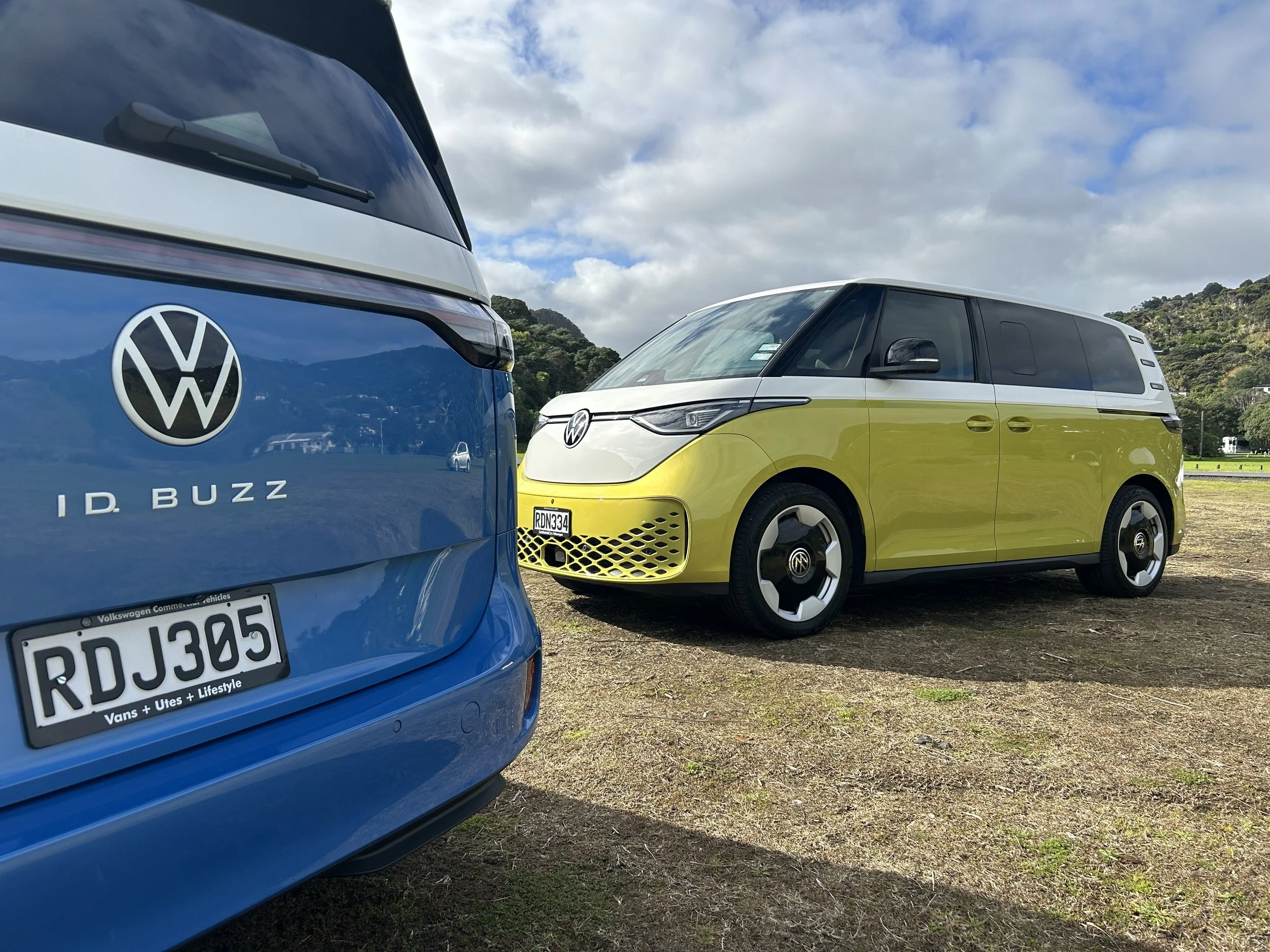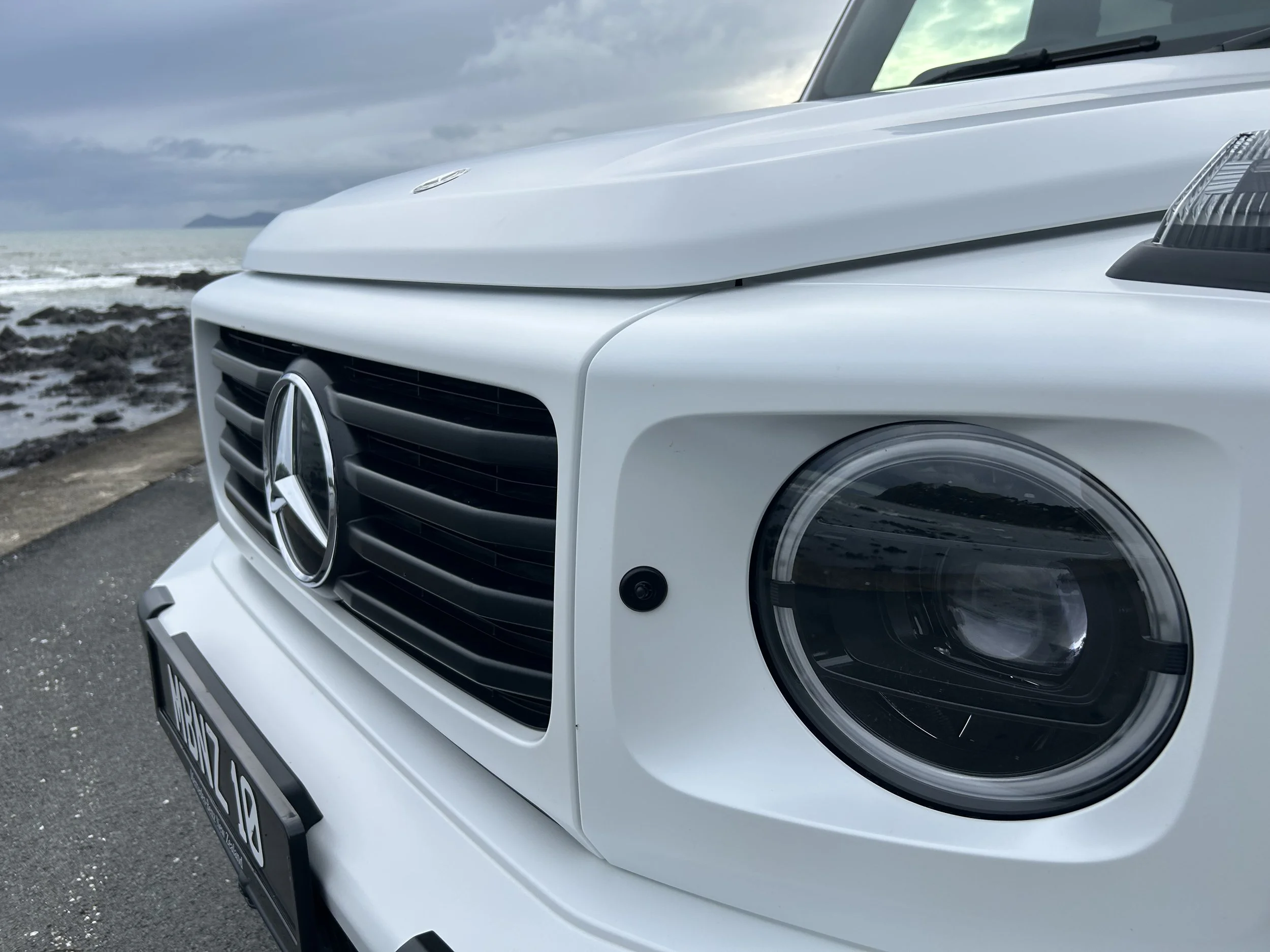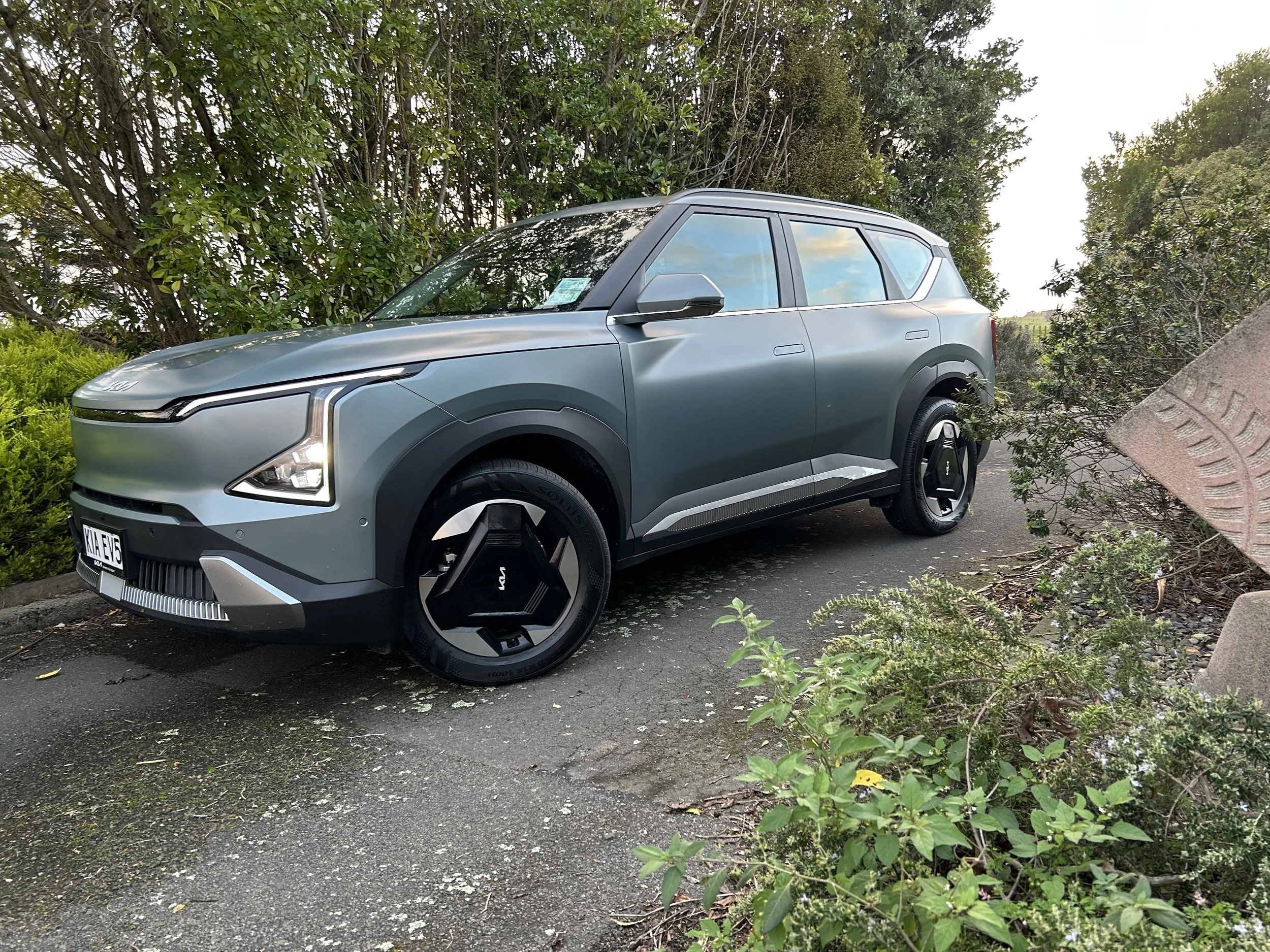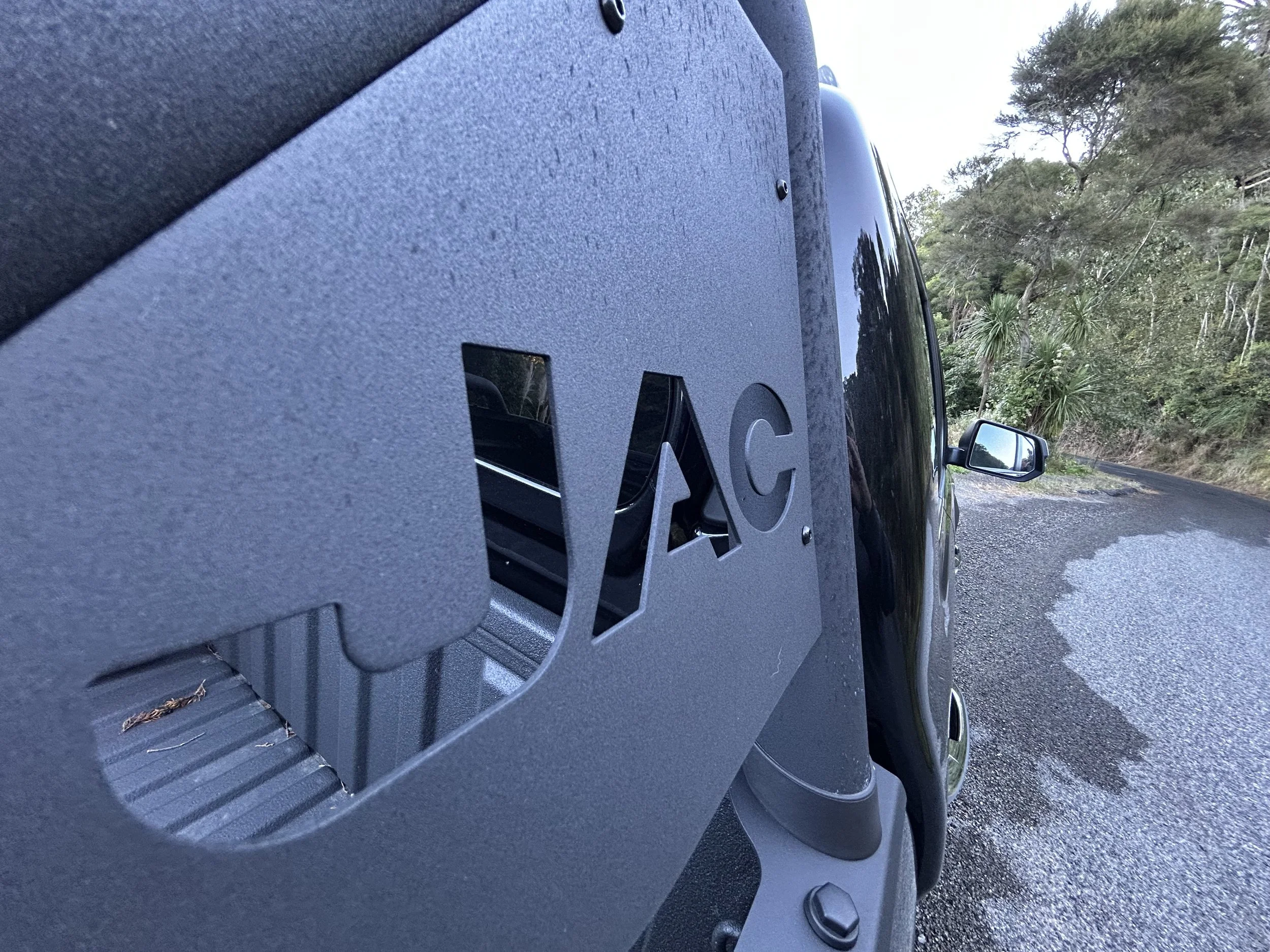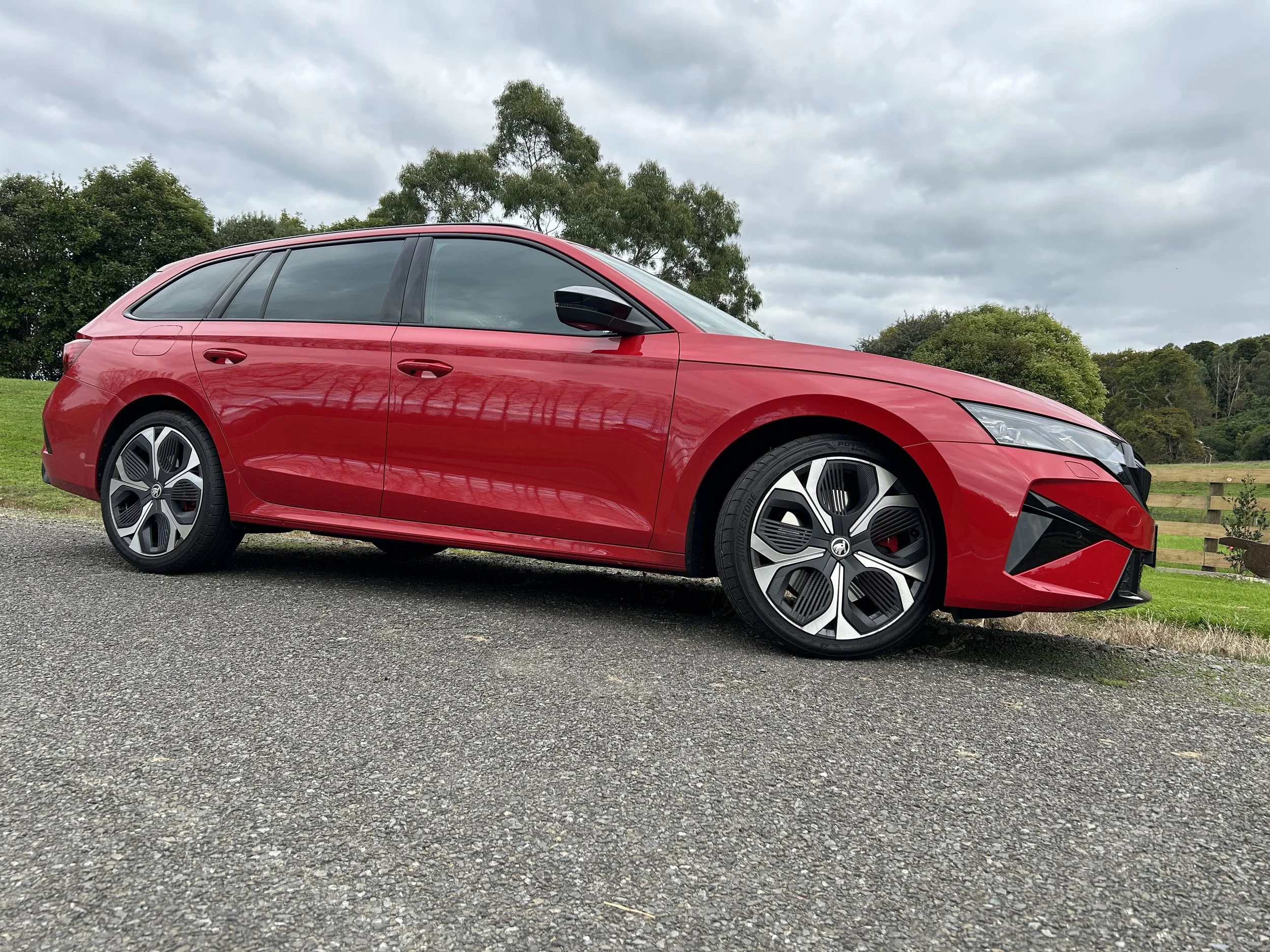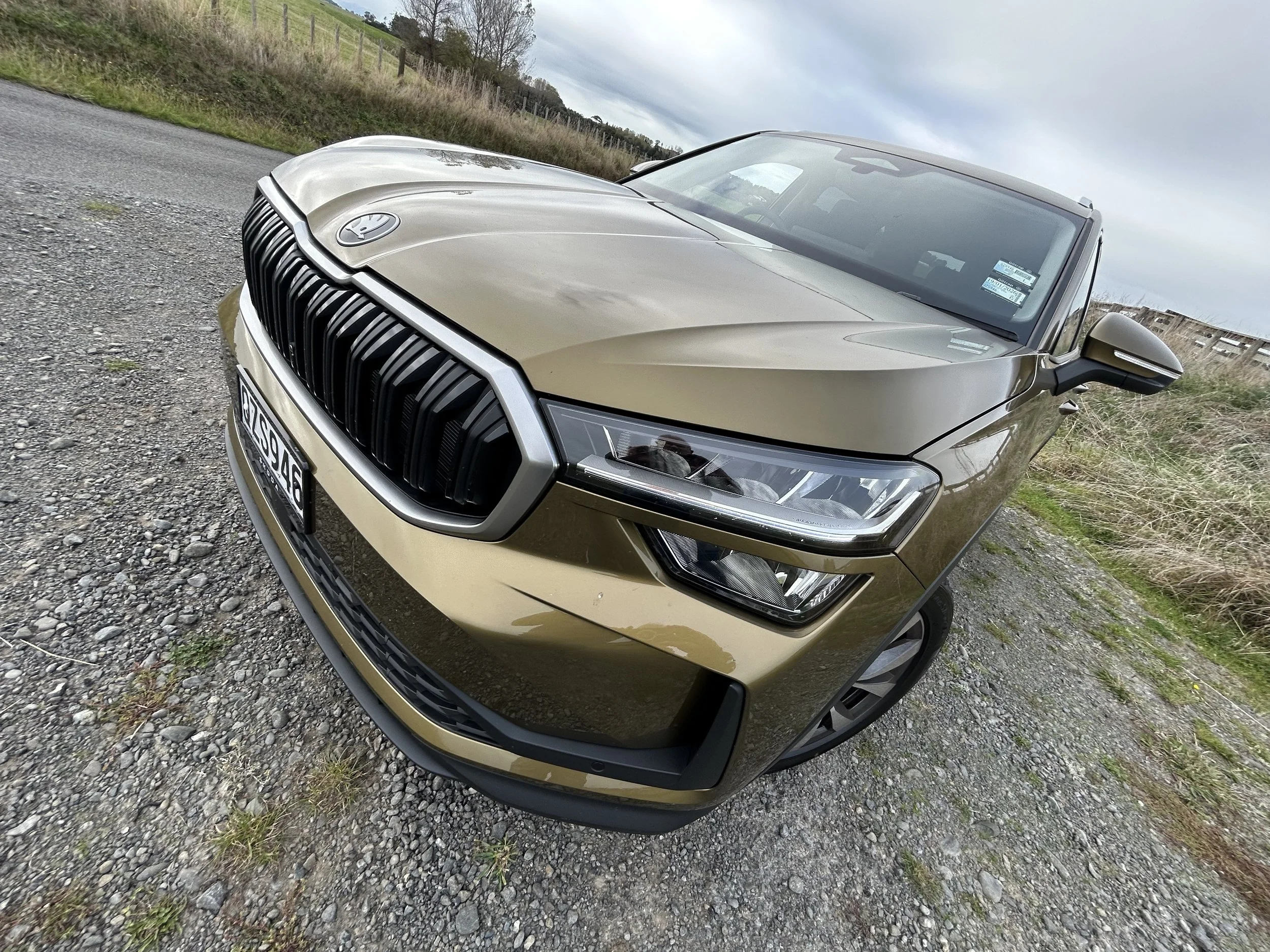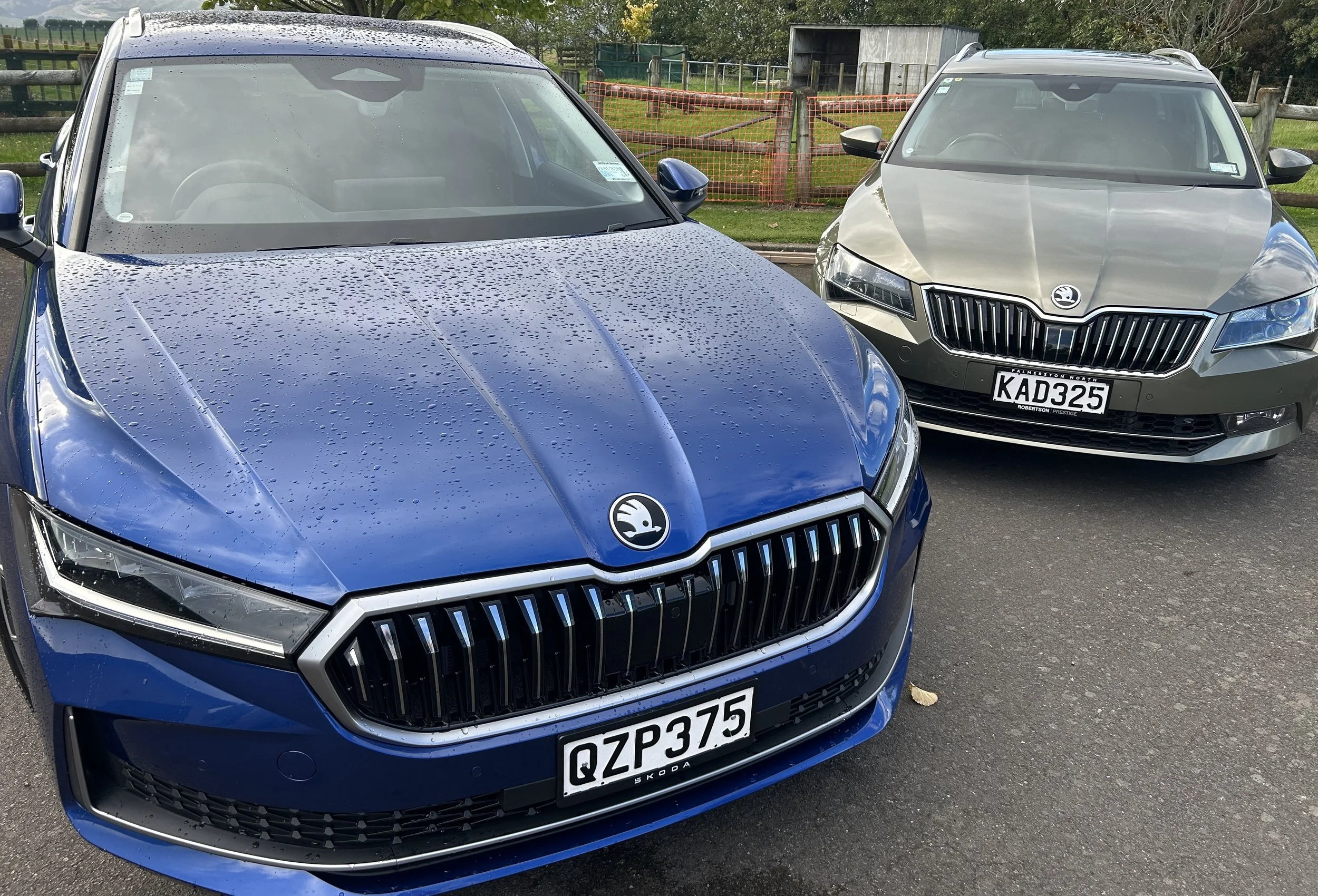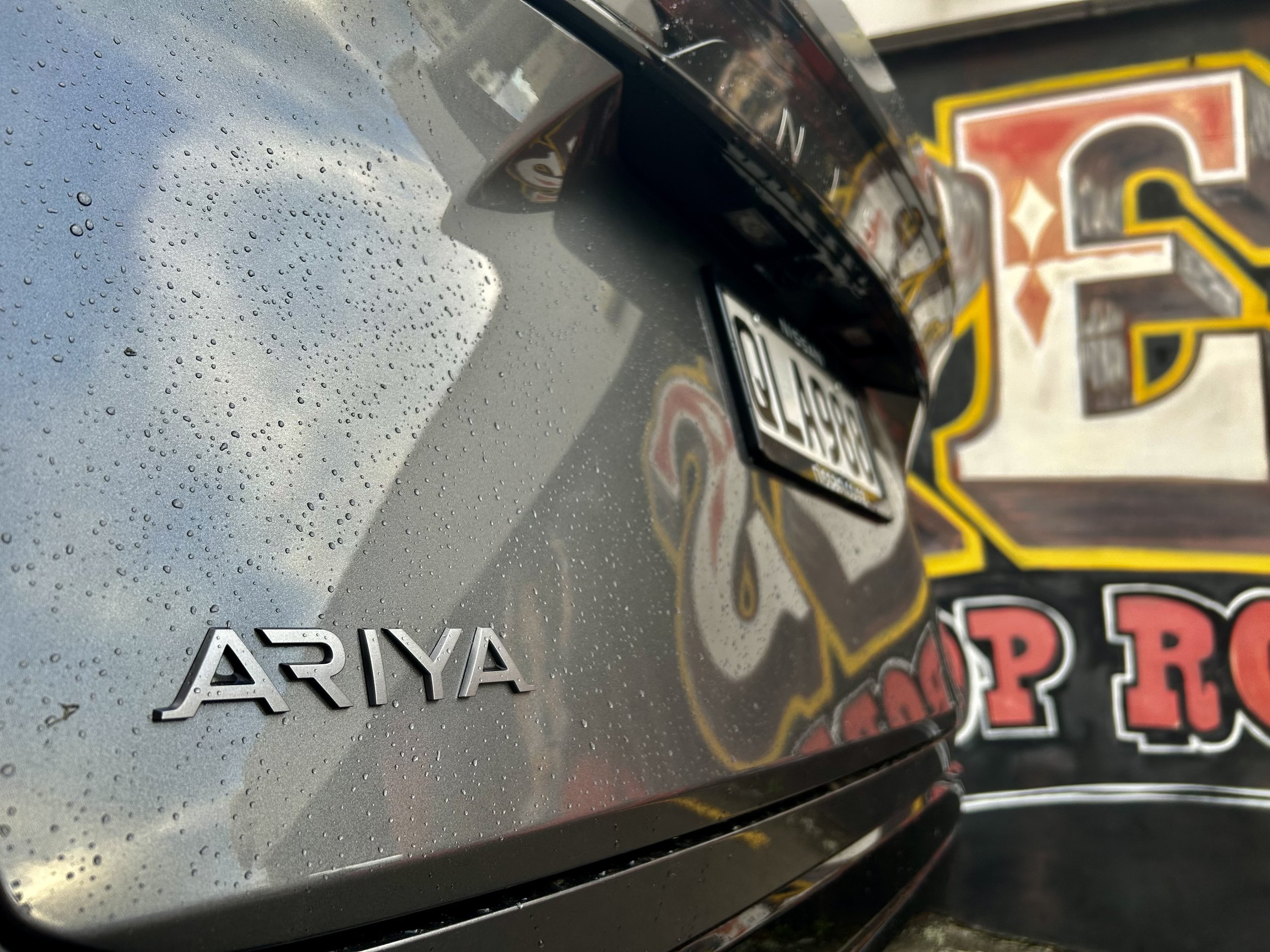Hilux hybrid install ties to styling freshen, kit lift
/The 48 volt system is the single biggest change, but it won’t be hard to pick the 2024 refresh of NZ’s second-favourite ute.
MAINLY it’s about the 48 volt system, but other changes to current Hilux are coming to keep it fresh.
The two images here and detail about the type’s 2024 update, potentially it’s final rejig before a new-generation model takes over as early as 2025, has been shared ahead of the model’s release, which might be as early as March.
The update delivers the styling refinements, primarily a revised face for the upmarket editions with a new-look grille and front bumper combined in an interlocking design with an octagonal grille, trapezoidal lower section and bold outer bumper, which houses the fog lamps on SR5.
The more work-attuned types take a black honeycomb mesh grille paired with a black lower and body-coloured side bumper finish. A tailgate damper has been added on pick-up variants.
The front bumper on single-cab chassis and petrol double-cab variants has been changed from a dark grey finish to black.
The SR grades add a silver coloured lower bumper finish, while the SR5 goes further with a black upper grille mould, dark-tinted LED headlamp cluster, gloss black fog lamp bezels, exterior mirrors and outside door handles.
The 48-volt system that involves with the current 2.8-litre four-cylinder turbodiesel was disclosed in June and Toyota has still to disclose power and torque outputs - in present state the engine makes 150kW and 500Nm in auto, 420Nm in manual.
The system comprises a motor generator, 48-Volt battery and DC/DC converter which enables a stop/start system.
Toyota, in material released via its operation in Australia overnight, says it will enhance driveability and fuel efficiency while reducing noise, vibration and harshness.
Previous media speculation is that it will deliver much less assist than the more advanced full hybrid technology that goes into Toyota passenger cars, as it is a far more basic involvement than the Synergy Drive hybrid petrol Lexus and Toyota cars have.
That, in turn, has raised speculation about whether it is worthy of a hybrid badge. Toyota NZ has previously said it will add that designation. Toyota Australia, on rhe other hand, is steering clear, seemingly because it does not want to trigger any unwarranted expectation.
The Synergy Drive products - the most popular here in 2023 being RAV4 Hybrid - typically use 40 to 50 percent less fuel than equivalent petrol-only models.
Toyota Australia said last year it expected Hilux’s fuel consumption to trim by 10 percent. Now it says these will be between six and 10 percent, depending on rhe variant.
By the most generous reckoning, the double cab four-wheel-drive models that mainly sell here could conceivably present a fuel consumption average of around 7.6 litres per 100 kilometres, against the 8.4L/100km cited for that type in current format, according to analysis.
Variants with this technology are also made more capable off-road, Toyota claims, with the standard fitment of Multi-Terrain Select, offering six selectable drive modes that enhance performance in challenging conditions.
In Australia, SR grades fitted with the optional 48-Volt technology gain dual-zone automatic climate control, smart entry and start, automatic up-down control for the power windows, and carpet floor mats.
Over there, regardless of powertrain choice, all SR double-cab automatic pick-up grades feature two front and four rear parking sensors to help make navigating tight spaces easier.
SR5 and Rogue - the equivalent of a SR5 Cruiser here - double cabs achieve wireless charging pad3 next to the gear shifter and two rear USB-C ports next to the air-conditioning vents.
Toyota New Zealand has not yet commented on the Hilux updates but last year said the market could expect to see the freshen in early 2024. Toyota Australia announced today the update will hit its showrooms in March.
This year Toyota is introducing a petrol hybrid to Hilux’s equivalent in North America, when asked about that last year, a Toyota NZ spokeswoman said: “I can confirm at this stage there is no plan for the new 2.4L petrol in Tacoma to show in Hilux.”
That comment was made when the Clean Car Discount was a major influence on Toyota NZ’s diesel off-roader strategy; it pulled back models and supply count to keep to ardent CO2 reduction targets. Whether that stance will alter now CCD has gone remains unanswered.
The ute market here is dominated by Ranger, with Hilux in second place, with potential the new version of the consistently third-placed Mitsubishi Triton could ramp up.
Ranger is including a petrol plug-in hybrid option from early 2025.







